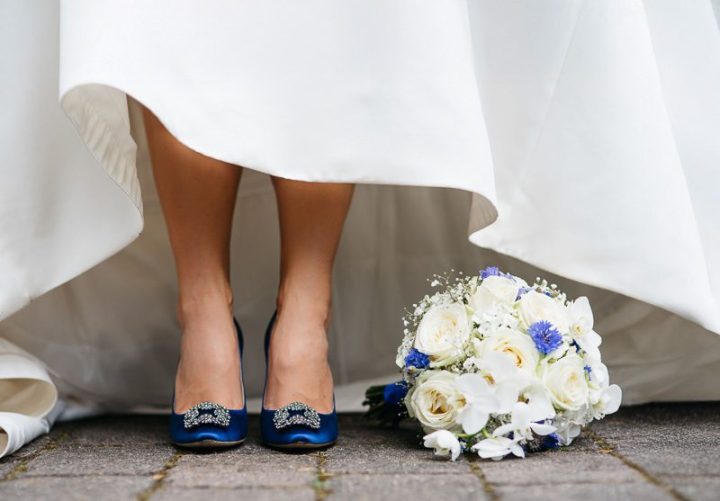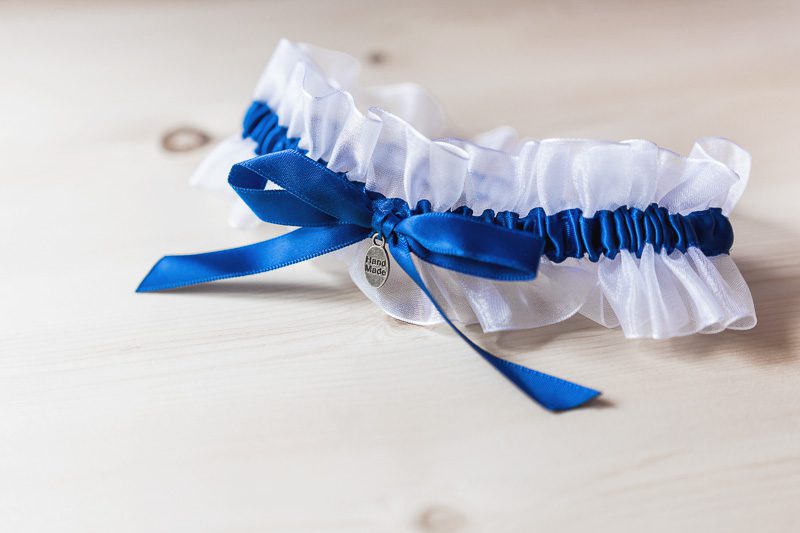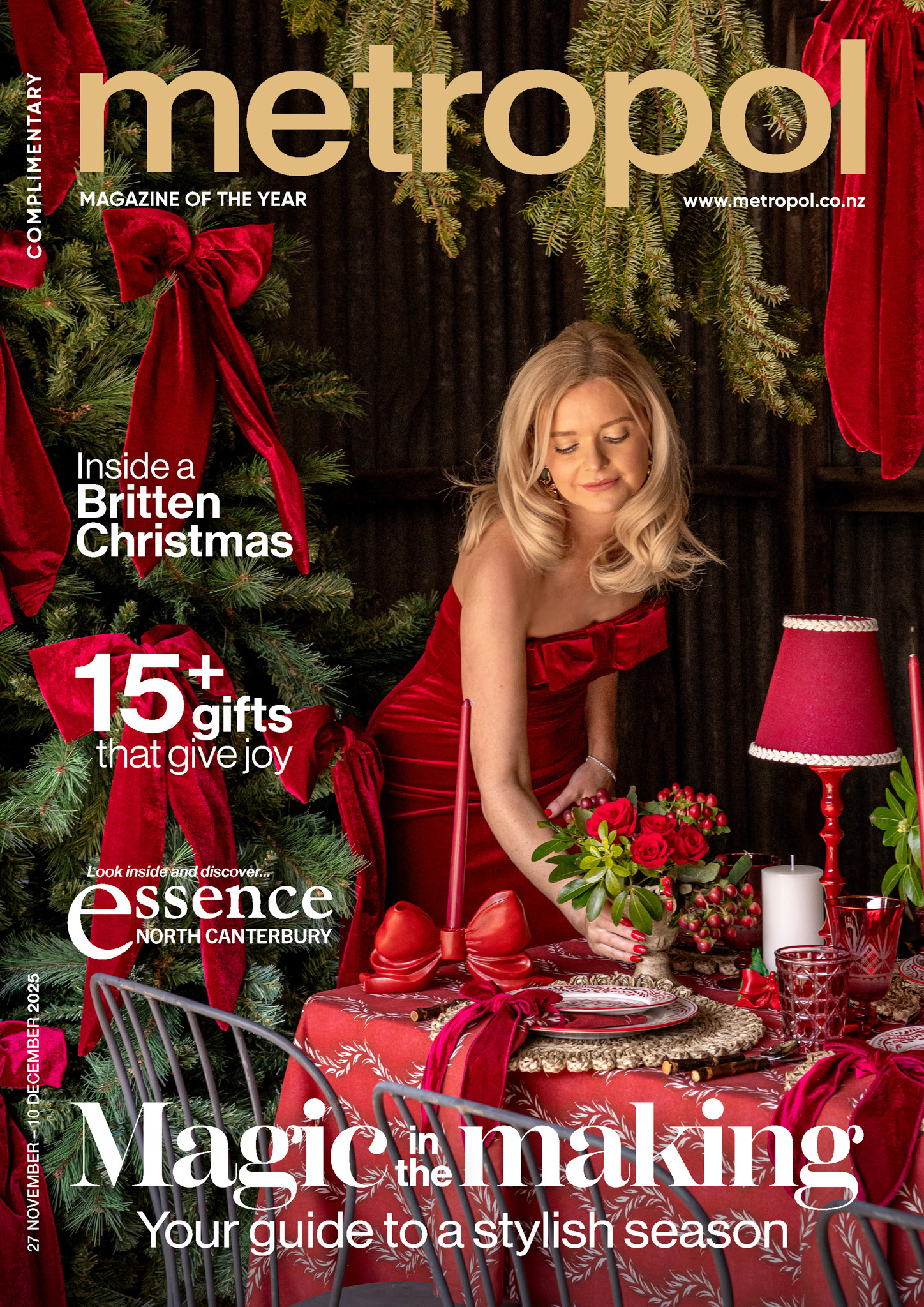
Borrowed and blue
So many traditions are incorporated into modern weddings, and one that has stood the test of time is something borrowed, something blue.
The centuries-old rhyme goes “Something old, something new, something borrowed, something blue, and a sixpence in your shoe…”. Each element represents a different aspect of the wedding and the couple’s future.

Something old represents the past and family history, often symbolised by a family heirloom.
Something new symbolises the future and new beginnings, usually the wedding dress or rings.
Something borrowed is about good luck, and is typically borrowed from a happily married person.
Something blue traditionally signifies love and fidelity, sometimes worn as a ribbon, lace, or a piece of jewellery.
Sixpence in your shoe represents luck and financial prosperity in marriage, and in times gone by it was custom for the father to slip the silver sixpence into the bride’s heel before she is walked down the aisle.
Exchanging rings is another tradition that has held true. Popular belief is that this practice dates to Roman times, when women were given rings made of ivory, flint, bone, copper, or iron to signify the ownership their husbands had over them. The Romans believed the fourth finger on the left hand contains a vein connected directly to the heart, hence wearing a wedding ring on that finger.

Did you know?
About 4500 same-sex couples have tied the knot in New Zealand since the Marriage Amendment Act came into effect in 2013. Of these couples, there are significantly more female couples choosing to get married than male couples. Source: Stats NZ Taturanga Aotearoa.
New Zealanders are marrying about eight years later in life on average. In 1971, when marriage rates peaked, the median age at first marriage was about 21 years for women and 23 years for men. Now, the median age is 32 for females and 33 for males.
The first European marriage celebrated and recorded in New Zealand was between Maria Ringa and the Norwegian whaler and trader Phillip Tapsell in 1823.



